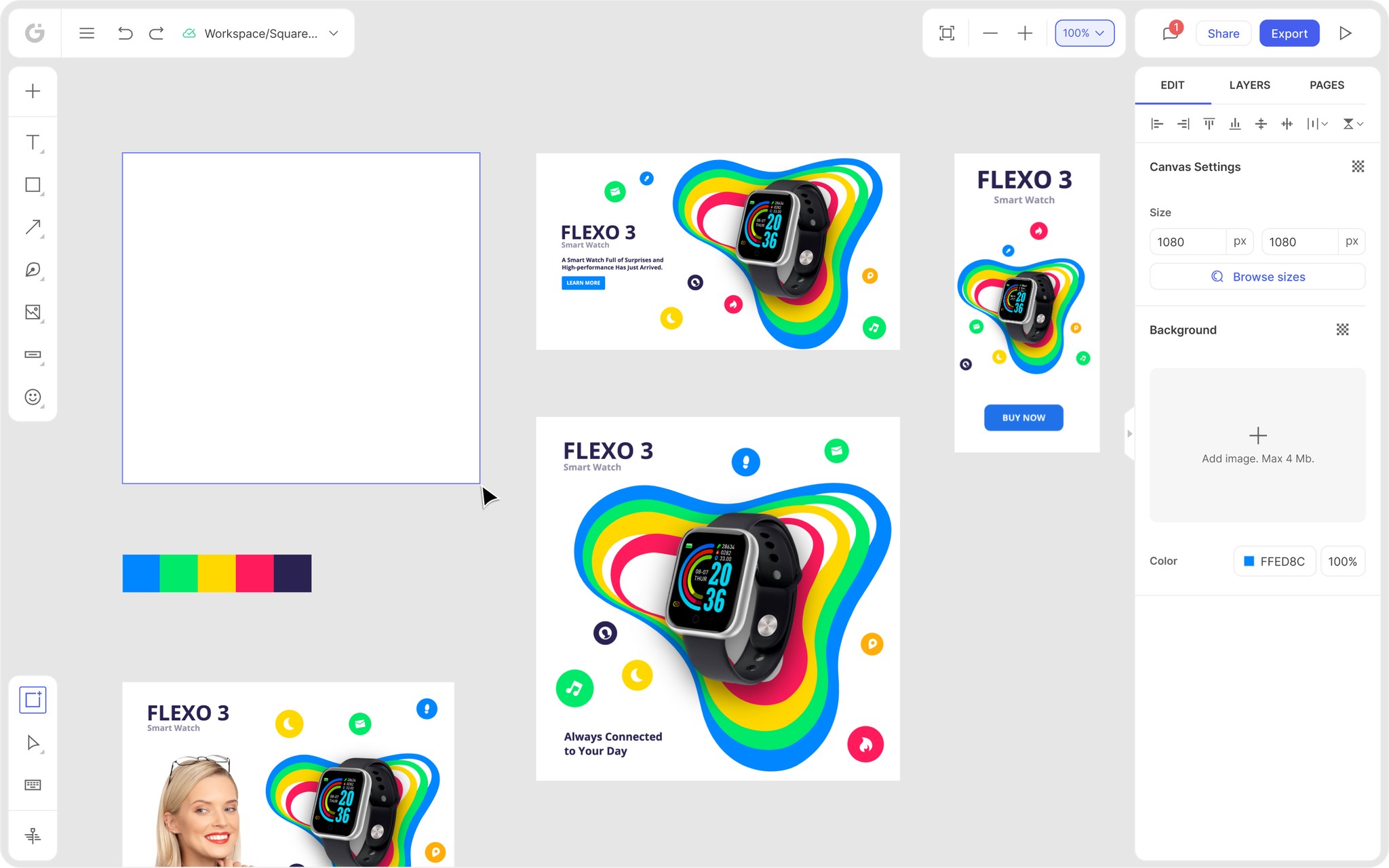The Shopify Hero Banner is a design format used to create visually striking and attention-grabbing banners on Shopify websites.
Posted Feb 7, 2023
•

Glorify Team
Business

Create beautiful marketing graphics at scale.
How To Create a Branding Strategy for Your Business in 2023
What Is A Branding Strategy For Ecommerce?
Ecommerce branding pertains to creating an awareness of a brand. While logos, visuals, mission, and tone of voice are important components of branding, other factors also matter.
For example, ensuring that the brand's doings and communications align with its identity is also necessary.

Why Is Branding Strategy Important For Your Business
Before we start with the steps of how to create a branding strategy, let’s look at the top four advantages of branding in eCommerce:
1. Consistent branding boosts sales – Your brand will be more memorable if you are consistent in how you show it. Your brand identity, guidelines, core values, and other components aid your brand's recognition across all touchpoints and marketing channels.
2. Increases returning customers. Branding can boost the rate of repeat customers, how often they purchase, and the amount they spend. Additionally, it can help to form an emotional bond with customers, making them more likely to remain loyal to the brand and keep buying.
3. Lowers customer acquisition costs (CAC) –
Ecommerce branding is a way to combat the expense of obtaining new customers. It boosts understanding and recognition, making less money necessary to acquire customers in the long run.
Businesses with recognizable visuals also have a better chance of converting customers. It reduces CAC too, because you don't have to invest as much in ads to obtain the same results.
4. Ecommerce branding creates visibility for shared beliefs – A successful eCommerce branding approach can help you connect to the values that you and your buyers have in common.
Sustainability, contributing, morally responsible sourcing, and quality are all important to modern shoppers. A recent study revealed that a stunning 82% of customers prefer companies whose values match their own.
How To Create A Branding Strategy - 8 Effective Steps
1. Define the core of your brand
When thinking about how to create a branding strategy – defining your brand is the first stage. No matter if you're starting or trying to rebrand, you should set your brand's personality, voice, identity, and values.
Answer the following questions to describe who you are, what you do, and why it matters to define your brand:
Purpose: Why are we here?
Vision: What kind of future do we hope to contribute to?
Mission: What are we here to accomplish?
Values: What beliefs influence our actions?

For example, Patagonia’s mission is “We're in business to save our home planet.”
Building the finest product, causing no unneeded harm, using business to conserve nature, and avoiding convention are among its guiding principles.
2. Articulate your messaging
The next step is figuring out how to communicate and convey who you are.
It's easier to develop a visual identity (logo, colors, and typeface ) to represent your message if you know what you're attempting to say.
1. Recognize your brand personality type. Your personality may be considered your brand's human qualities and traits. For example:
Are you enthused and curious?
Are you friendly and passionate?
You can include your character in every part of your business, from customer service to product descriptions.
It is a powerful strategy for standing out and developing connections.
2. Decide on your brand's voice. It is the representation of how your brand sounds and communicates. Keep in mind that every brand has a distinct voice.
For example, a fashion brand doesn't talk like a technology brand, and different car brands have varied tones.
3. Recognize your tone. The tone of your brand reflects your mindset. Think of your brand's voice as the way you speak and your tone as the way you speak in various situations. If you need more clarification about your tone, consider the impression you want to leave on the audience.
Tiffany, a leader in the luxury jewelry sector, has a charming and sophisticated brand language that underlines the classic experience customers have with the company.

Tiffany uses straightforward, concise language to make its point and promote the brand's elegance.
3. Create a purposeful visual identity
Making decisions about visual branding and creating your messaging both need strategy. For instance, picking brand colors is not only a question of taste. A deciding factor should be color psychology.
After all, studies have shown that 62% to 90% of quick customer assessments are based on color.
You may harness various emotions and reactions that different colors evoke to shape how people perceive and engage with your brand.
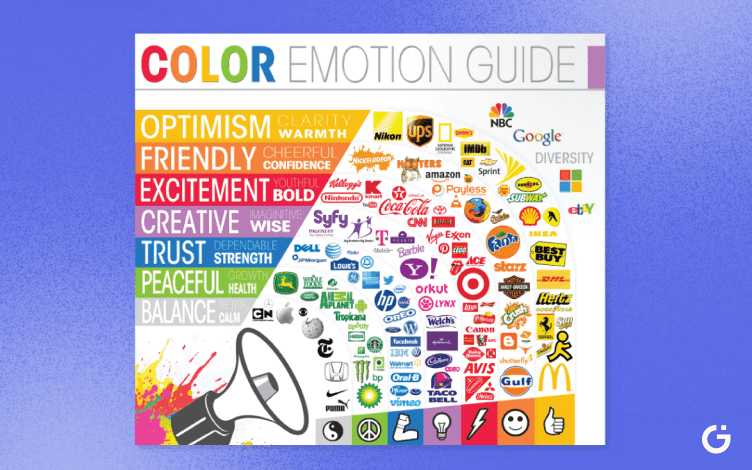
There are numerous details to consider when deciding how to create branding a strategy. Be sure to choose brand colors carefully, from your logo to your website design.
For example, Glossier is a cosmetics company that strives to make buying cosmetics easier.
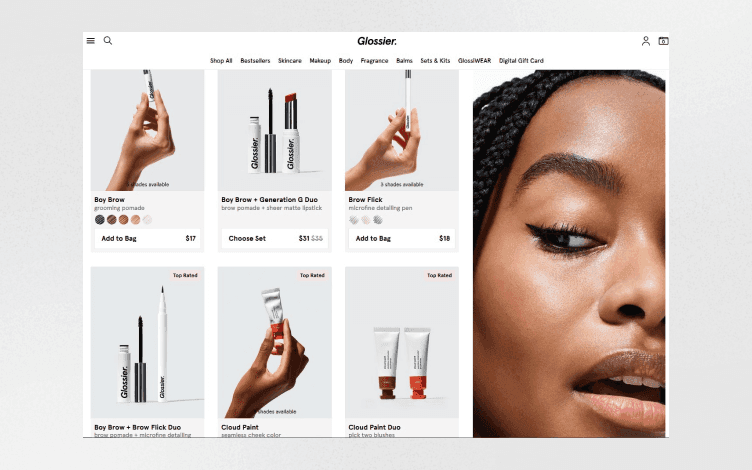
As a result, they have a clean, tidy identity. Soft colors and imagery of people create a warm, approachable atmosphere - the same as when shopping with them.
4. Create sincere relationships with your customers
Any brand must develop trust, but eCommerce brands require it more than others. Online customers can only personally interact with you or evaluate your business if you can connect with them online to win their confidence.
Here are some strategies for creating buzz about your brand that strengthens consumer confidence:
Make original content. You may write blog posts on your website and social media to help customers solve issues relevant to your industry. Your content helps customers trust your brand by giving them value.
Join online discussion groups related to your industry. Reddit, Quora, LinkedIn, and Facebook groups are all great places to promote discussion and brand exposure.
Establish connections with influencers in your field so you may choose a few to promote your items on their blogs or social media accounts.
Create a loyalty program. More than 70% of consumers are more likely to recommend a brand if it has a good loyalty program.
Remember that the probability of selling to an existing customer is 60-70%, and implement this data when you think about how to create a branding strategy.
5. Consider the product's quality.
Nowadays, the emerging eCommerce brands that are gaining the most attention and momentum are the ones who begin by producing and selling a single product instead of a variety of items.

For example, MindJournal is, unlike others, exceptionally crafted for males. It allows them to unburden themselves and work on their well-being and contentment.
To express their idea, they listed the features and benefits of the journal on the website.

Consumers quickly develop a strong sense of loyalty to a brand they trust. Quality control may become a problem if you produce a wide range of goods for the same market.
Instead, pay more attention to your product's quality and reputation by focusing more narrowly.
Then, once you've developed a strong client base for one product, you can start making new goods that target the same market with confidence.
6. Speak in the language of your average user
Use terminology that they would use to market your eCommerce brand to your most important customers.
Customers will feel more connected to your brand if your messaging appears more familiar.
To enhance your messaging, consider the following techniques:
Evaluate your buyer persona analysis. For example, if you conducted interviews to learn more about their product preferences, use their terminology in your brand messaging.
Analyze the message used by rivals. The most successful competitors most likely employ messaging that appeals to your target audience. To evaluate whether there is overlap, compare their terminology to the results of your buyer research.
Look over your most recent product reviews. There are certainly a few terms and phrases that consumers frequently use in reviews, as you'll discover. Then, incorporate some of the most powerful words into your brand's marketing.
For instance, you may publish two variations of a Facebook advertisement using various buyer-driven phrasing.
Then, to determine which advertisement succeeded better and which language was more persuasive, you can assess engagement.
7. Create a remarkable customer experience
The key business leveler is the customer experience.
Even if a rival company charges less for identical goods or services, it won't matter if they serve their clients poorly.
For a better experience, people are prepared to invest a bit of extra money or time.
Additionally, happy customers may act as mini-marketers for your brand by leaving reviews, and referring you to others who share their interests.
Therefore, consider how you might provide an adequate or marginally superior experience to your competitors.Then, finally, give your consumers the optimal experience.
Chewy is a web-based shop specialized in pet products. Here is a fantastic illustration of going above and beyond for the customer.
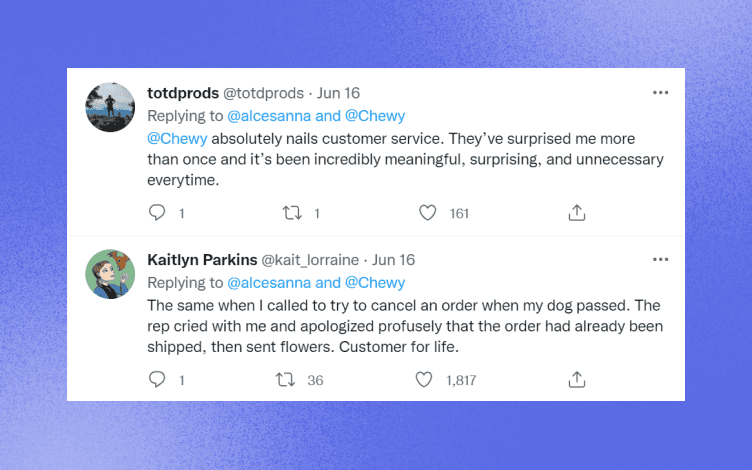
8. Don’t forget social media
By 2025, 4.4 billion individuals will be using social media, and it is the most straightforward yet efficient way to increase brand awareness. Every other brand uses social media to sell products, engage with customers, or increase traffic.
And why wouldn't you take the opportunity to advertise your brand to half the world's population?
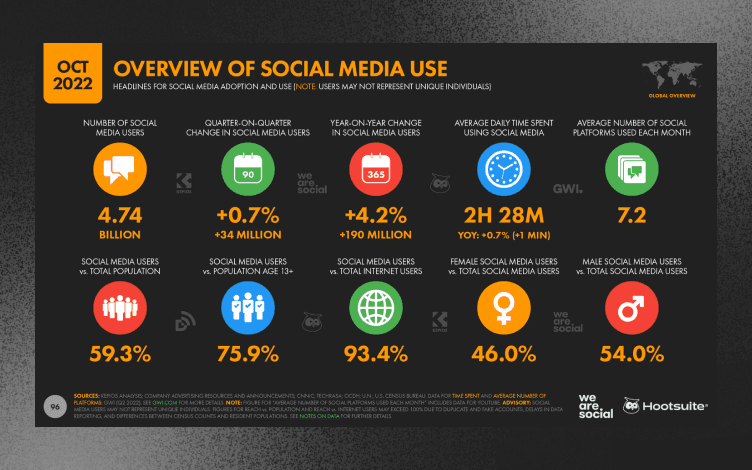
Social networking allows you to:
Expand your brand's audience
Increase brand recognition
Target your audience
Improve the user experience
Boost the rate of engagement and conversion.
So making sure your social media presence applies to your branding strategy is what will help your audience recognize you easily.
Wrapping it up
The secret when it comes to how to create a branding strategy is to identify your unique qualities and make them your greatest assets.
Secondly, branding in eCommerce is all about consistency. Ensure that everything you do supports your brand.
And finally, thriving eCommerce businesses understand the value of aesthetics.
And to make sure all your visuals are high-quality and optimized for any platform, and your branding is consistent, Glorify can help you make it real.

It is an all-in-one graphic design tool for all your design needs – in one place.
Creating stunning images has never been easier:Select a template, edit it, brand it, and publish it from a single dashboard.
Sign up with Glorify today, and see why it was created with eCommerce users in mind.
Features
Explore templates
Alternatives
© 2024 Glorify App - All rights reserved






